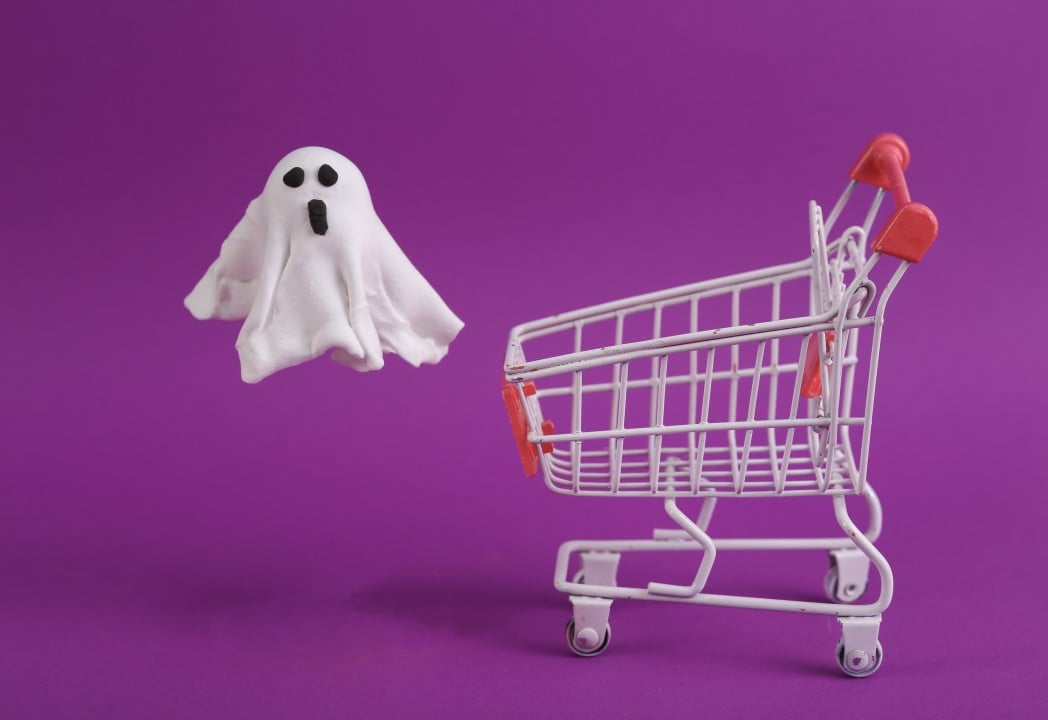Beyond Labor: The Evolving Role of Merchandising Service Organizations in Retail Stores

Since the beginning of big-box retail, both retailers and CPG companies have relied on third party organizations to help them manage their products in stores. There is no mutually agreed upon name to describe these important organizations, but we like to refer to them as merchandising service organizations (or MSOs for short).
MSOs have long played a critical role in retail stores due to the reliable, specialized labor they can provide to companies that don’t have the bandwidth to adequately execute and monitor merchandising related work on a large scale.
Time-intensive tasks such as on-shelf availability monitoring, stocking/restocking according to planogram specifications, and general shelf appearance maintenance have historically been the bread and butter for MSOs. But as Bob Dylan once said, the stores are a changin’.
In recent years, the combination of steady advancements in automation and rising internalization of third-party labor has been encroaching upon the value proposition of MSOs. Many CPG companies are either bring merchandising and execution work in-house or entrusting their retailer partners to manage products on their behalf (a strategy made more feasible by the proliferation of self-checkout lanes and the ensuing bump in store associate capacities). This does not mean, however, that MSOs are doomed. Far from it.
Retail constantly evolves to meet the changing needs of consumers, and so too must the companies that operate within it. In years past, MSOs primarily fulfilled the role of providing supplementary labor. Their biggest value proposition was the specialized and flexible workforce they could offer to thinly stretched retailers and CPG companies. But now, the MSOs that were agile and forward thinking enough to adapt to the new state of retail play a much larger role in stores.

From Labor Providers to Strategic Partners
Merchandising and execution are still a core offering of MSOs, but they now only scratch the surface. Today’s MSOs are those which have successfully transitioned from mere labor providers to holistic and strategic partners. Aside from providing retailers and brands with quality in-store work and specialized personnel, they provide services such as:
- Store-level performance insights
- Strategic sales and marketing advice crafted for each unique market
- The ability to leverage their robust network of retailer and brand partners
These services are much more difficult for retailers and CPG companies to bring in house, making MSOs more resilient to the fluid retail environment. But in order to fulfill this value, they first must have a strong enough technological foundation. Another way of putting it: MSOs are only as valuable as the capabilities they can extend to their clientele.
The days of relying on clipboards, emails, and spreadsheets to manage in-store work are far behind us. Today’s retailers and CPG companies expect to have clear, up-to-date visibility of the work being completed on their behalf. They also expect to receive valuable performance insights that help inform their go-to-market strategies for individual stores and entire territories.
Proof of performance is one critical element. If a company decides to entrust their in-store presence to a third party, you can be sure that they will want visual confirmation of the work being completed. Retail execution software (RES) addresses this need in an efficient manner. After completing work (such as arranging shelves or a display according to planogram specs), an MSO’s field reps can use RES to quickly capture an image and submit it to a shared database that both the MSO and their client can access.
Agility is another key component that MSOs need to be able to provide to their clients, especially for fast-moving product categories and short shelf-life items in fresh departments. Let’s take the latter example: say an MSO (or a distributor, who functions in a similar way) manages salads in multiple retail locations. They must be able to stay on top of spoilage and item freshness on a day-to-day basis to maintain quality standards and customer satisfaction. RES can streamline this process via automated item alerts and tasking. What retailer wouldn’t want this level of agility from their workforce partners?
On-shelf availability is the last key piece we’ll discuss. In years past, an MSO’s primary responsibility was to ensure that shelves remained adequately stocked. But now, MSOs can go a step further and deliver even greater value to their clients. Shrink (which can be understood as a discrepancy between inventory on record and actual on-hand availability in stores) is a serious problem for today’s retailers and CPG companies, especially in light of rampant theft. MSOs equipped with RES—pardon all the acronyms—can give clients accurate, reliable, and timely in-store availability data that syncs with and informs demand planning algorithms, thereby squashing the high costs associated with shrink.

Are Merchandising Service Organizations Still an Important Player in Retail Stores?
The short answer: absolutely. But there is a caveat.
Only technology can solve the challenges that technology creates. Today’s MSOs must adopt technology that allows them to provide additional value to their clients—enough value to justify the costs associated with their service. Retail execution software is a natural fit for an MSO’s tech stack. It is packed with powerful features that radically streamline in-store work, and the resulting value can be extended to clients.
Technology is the great differentiator for modern MSOs. It serves as the foundation for value-driving services that would otherwise be unfeasible. With the right technology partner, and a steadfast willingness to adapt, MSOs will always remain an important player in retail stores.




